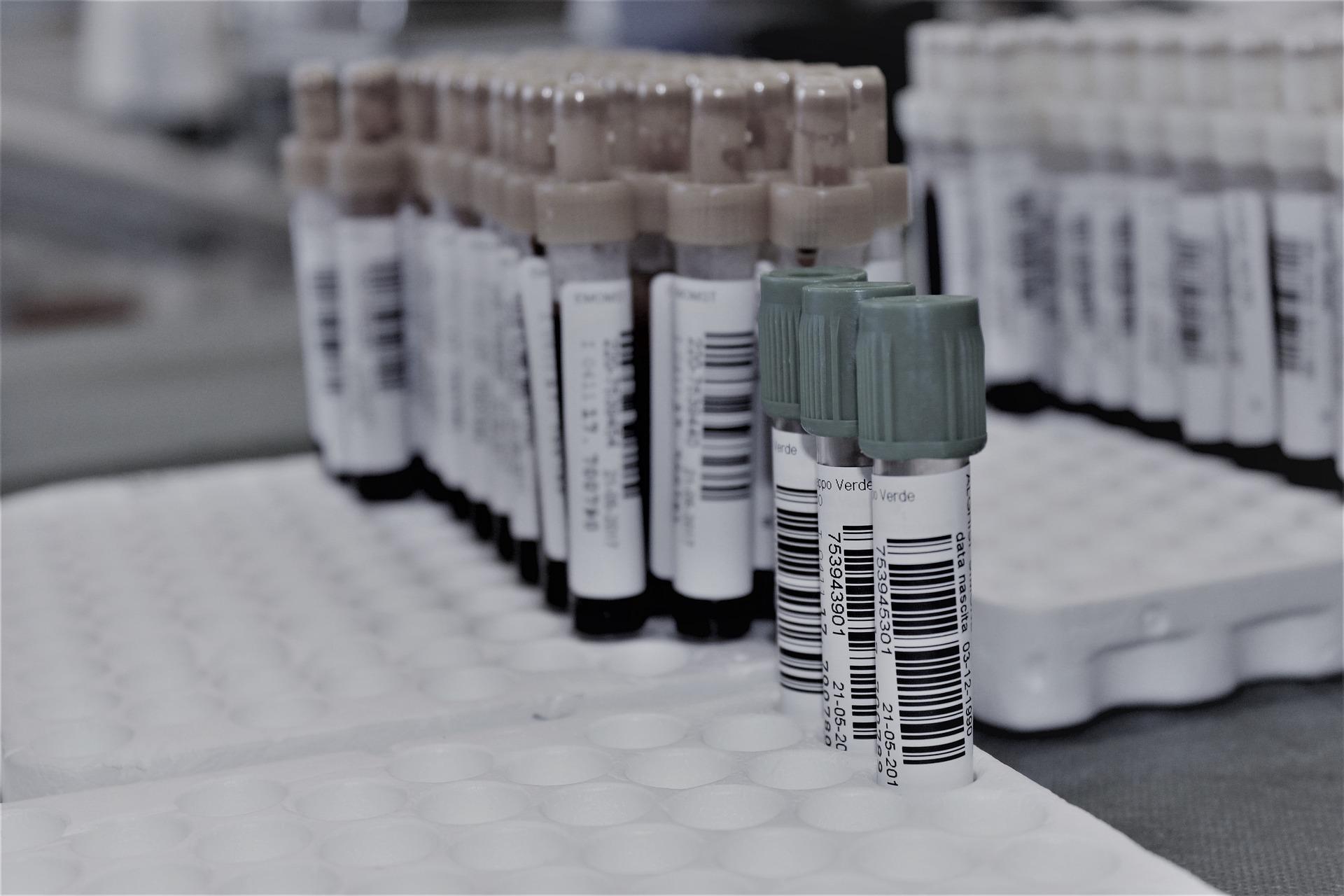Monkeypox, a Disease Emerging Outside Africa -Unexpected?
Abstract
In the first week of May 2022, news came in through my ProMED mail (1) that a person in London had been diagnosed with monkeypox, which the person had contracted on a trip to Nigeria, an endemo- epidemic area for this zoonosis. On July 23, the World Health Organization (WHO) determined a “public health emergency of international concern” (2) at the Second meeting of the “International Health Regulations (2005) Emergency Committee regarding the multi-country outbreak of monkeypox”, based on its widespread and the consistently increasing number of cases, which is as high as 40,000 in more than 95 countries worldwide.
Based on this formal statement, which in June had not reached such international alert status, joint collaboration by the WHO member countries may now begin. The starting point of this collaboration is rapid notification and alert of diagnosed cases to the supranational agency, joint work to circulate information on preventive measures, monitoring of the incidence of this disease, and shared efforts to achieve equitable access to and distribution of drugs and vaccines serving as pharmacological instruments to help contain the epidemic outbreak. All of this should also include endemic countries of Africa which, so far, have not had access to a comprehensive program to tackle this zoonosis, more than 50 years after its identification as a disease affecting humans, evidencing, once again, the world’s existing inequalities.
In our country, 80 patients were reported between June 9 and August 17 (3), out of which 34 had recently traveled abroad, and all of whom were male and improved with no complications.
It should be noted that, last February, a systematic review work (4) by Robert Steffen, M.D. et al. (“the father of travel medicine” and a founding member of the International Society of Travel Medicine —ISTM—) pointed out, as an “oracle diagnosis,” an alert regarding the need for surveillance of this viral disease based on the increase of autochthonous cases in endemic
areas of Africa (both for the Western African and the Central African variants) and its potential global spread through travelers from non-endemic countries visiting such areas. The anticipated situation has now occurred, even earlier than estimated by the authors, and the current emerging situation steps into a world that is still facing the COVID-19 pandemic and many other individual and collective health concerns caused by infectious diseases, climate change, war, famine, forced migration, political and social conflict, etc.
This publication did not mention, as a driving mechanism for the potential spread of monkeypox, something that has been observed in this outbreak, i.e. that almost all patients are male subjects who are bisexual or have sex with other men, have multiple sexual partners, or participate in group sex (5). This requires a specific approach to generate prevention mechanisms for containment of the epidemic, reminding that the monkeypox virus may infect and/or be contracted by any person, and that avoiding stigmatization of the most affected group today is a priority. For this reason, there is no doubt that efforts to communicate the risks and how to avoid them to the population at large should also be jointly coordinated by health authorities and the various LGTBQ+ community organizations in order to establish clear and adequate communication with the group that, at this stage of the epidemic, accounts for almost all identified cases. There is historical precedent regarding how to do this, as a result of past experience regarding prevention of HIV virus infection.
Finally, in order to approach this epidemic outbreak contingency stage from a health-care perspective, it is necessary to raise awareness among and provide training to health care staff providing protocols for the correct management of patients with consistent clinical symptoms, ensuring: supply and correct use of personal protective equipment (PPE), availability of diagnostic algorithms with a larger laboratory network and improved capacity to conduct molecular tests, preparation of therapeutic management guidelines and procedures for the acquisition of drugs (tecovirimat and brincidofovir) and vaccines for the treatment of symptomatic patients and prevention for close contacts.
From the COVID-19 pandemic, we have learned that the strengthening of public health structures, as part of health policy decisions, is the most important foundation for contingency and response to an epidemic in order to minimize its impact and harm, both individually and at community level.
Downloads
References
http://promedmail.org/post/20220516.8703286
Second meeting of the International Health Regula- tions (2005) (IHR) Emergency Committee regarding the multi-country outbreak of monkeypox. https://
www.who.int/news/item/23-07-2022-second-mee- ting-of-the-international-health-regulations-(2005)-(i- hr)-emergency-committee-regarding-the-multi-coun- try-outbreak-of-monkeypox
Ministerio de Salud de la Nación Argentina. Dirección de Epidemiología. Boletín Epidemiológico Nacional 614, Semana Epidemiológica 32, AgostoJulio de 2022. https://bancos.salud.gob.ar/bancos/materiales-pa- ra-equipos-de-salud/soporte/boletines-epidemiologi- cos
Bunge EM, Hoet B, Chen L, Lienert F, Weidenthaler H, Baer LR, et al. (2022) The changing epidemiology of human monkeypox—A potential threat? A systematic review. PLoS Negl Trop Dis 16(2): e0010141. https:// doi.org/10.1371/journal.pntd.0010141
Thornhill JP, Barkati S, Walmsley S, Rockstroh J, An- tinori A, Harrison LB et al; SHARE-net Clinical Group. Monkeypox Virus Infection in Humans across 16 Countries - April-June 2022. N Engl J Med. 2022 Jul
https://www.nejm.org/doi/full/10.1056/NEJ- Moa2207323






